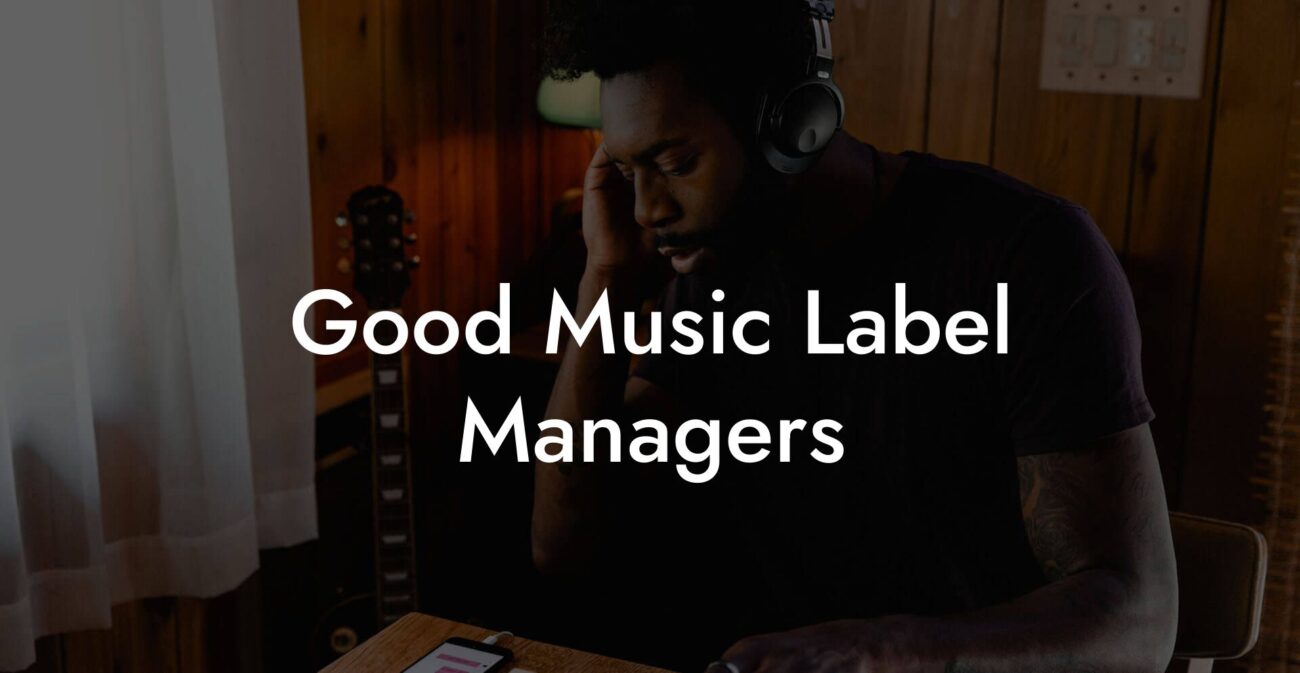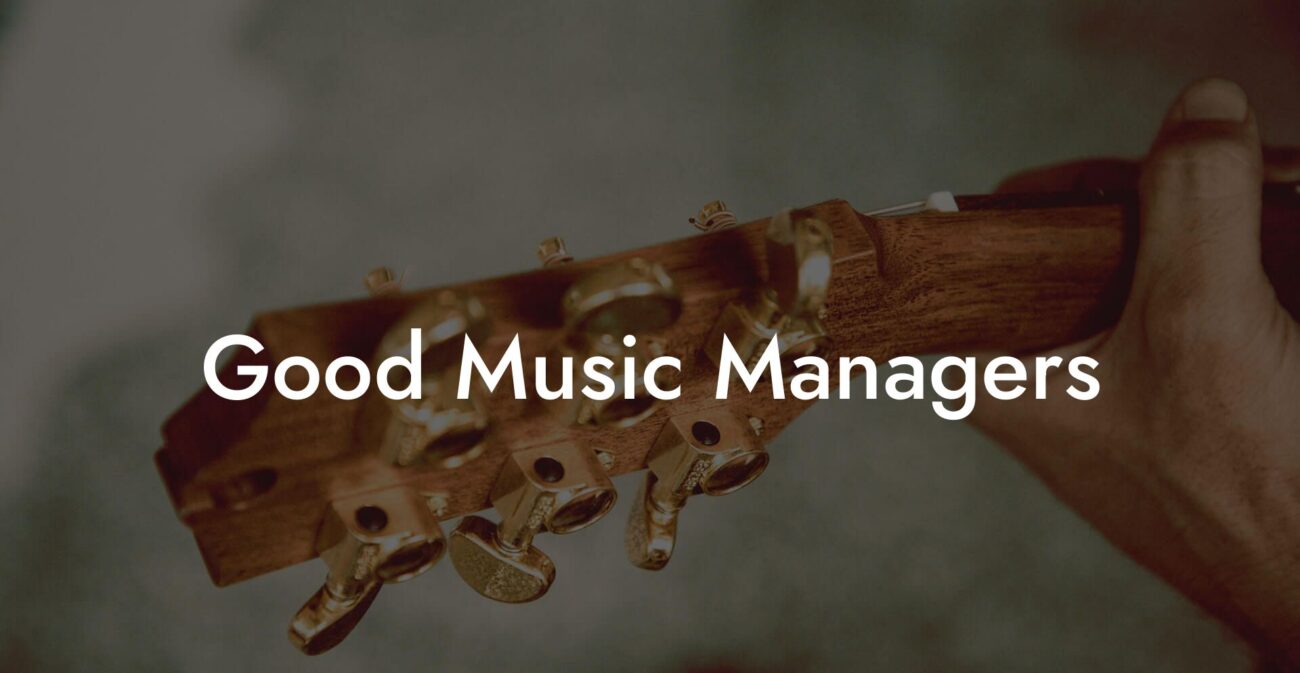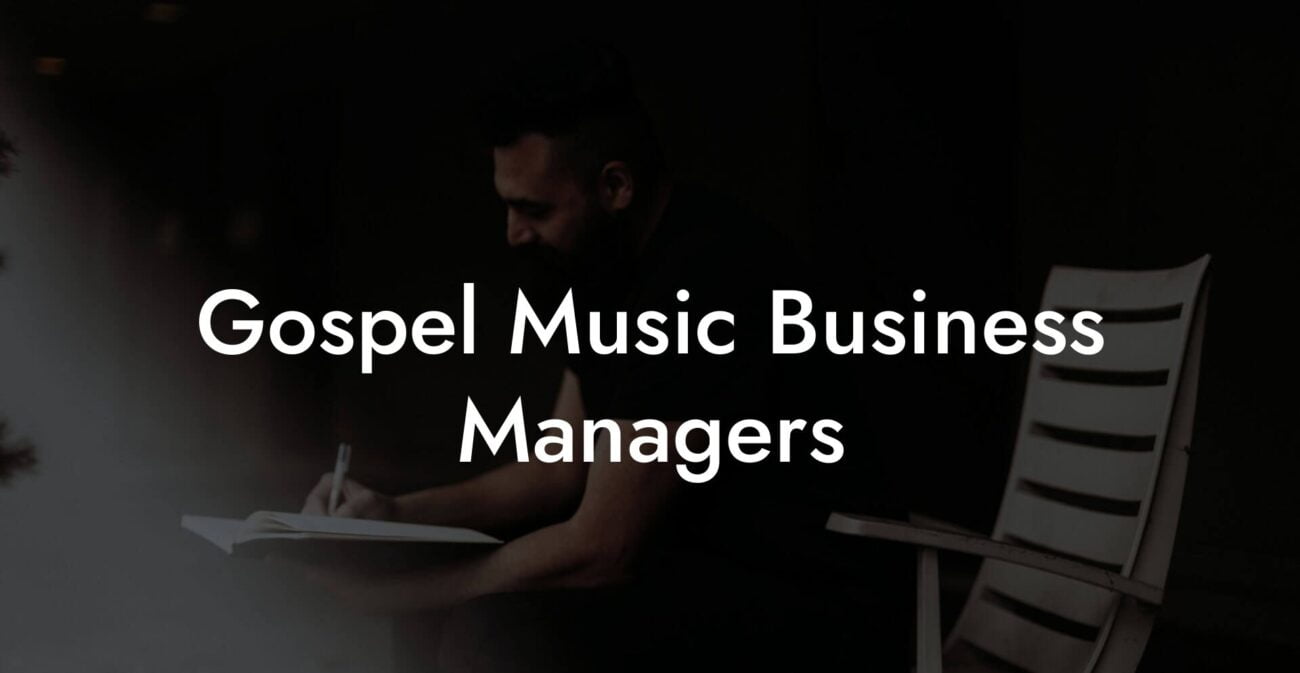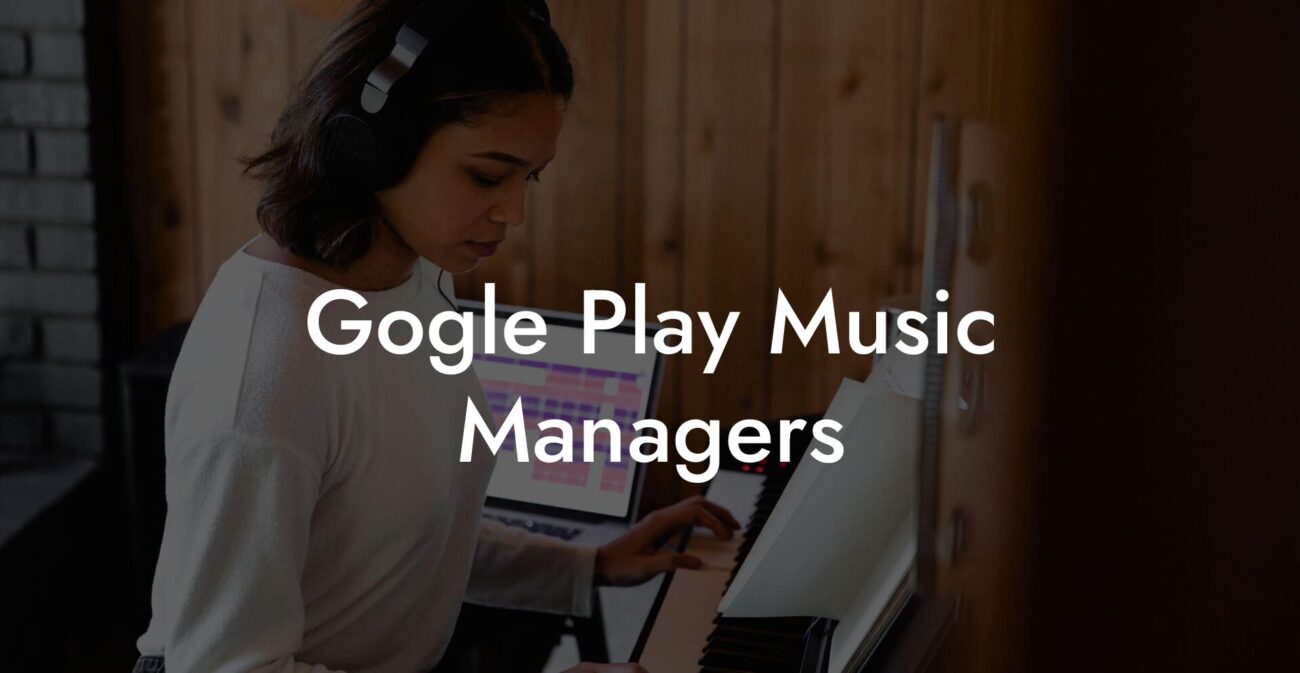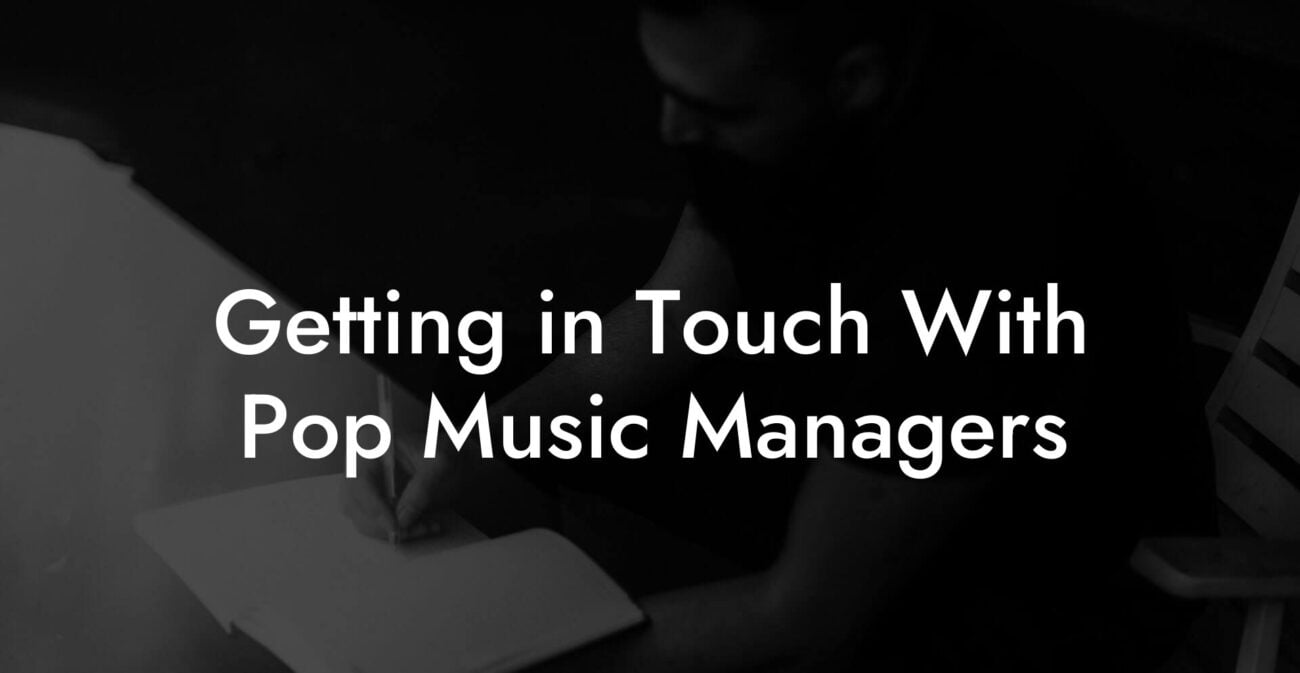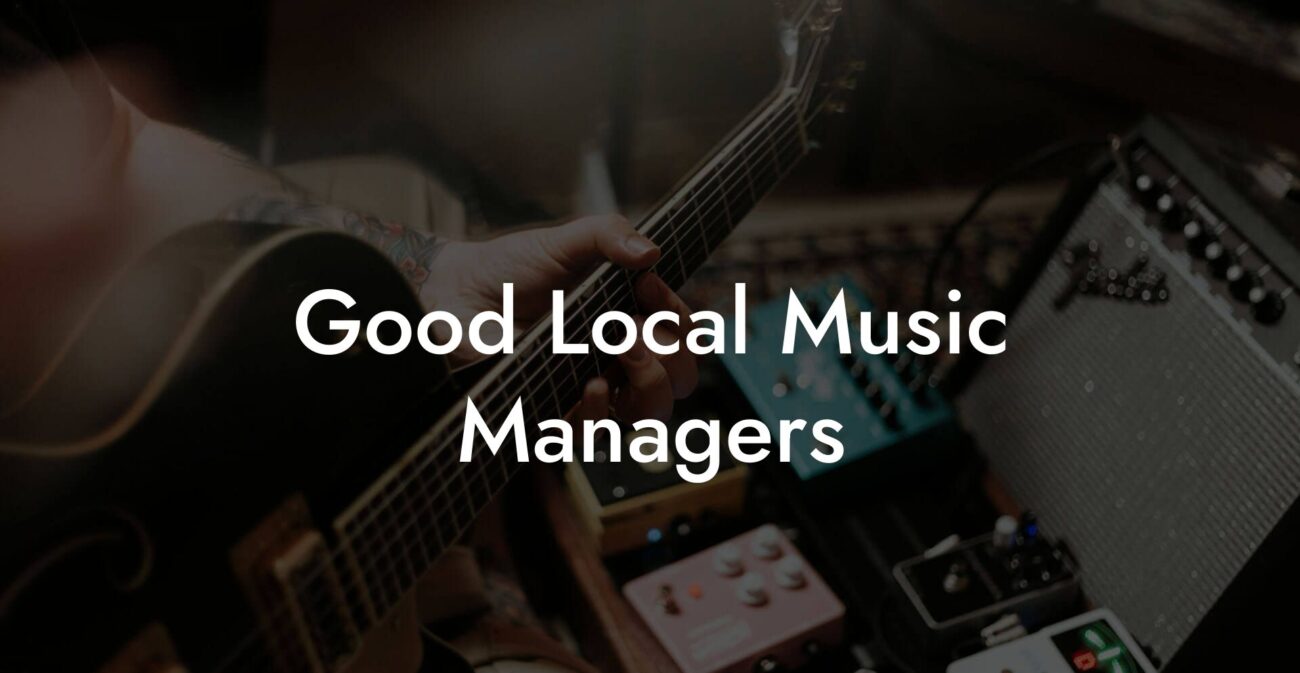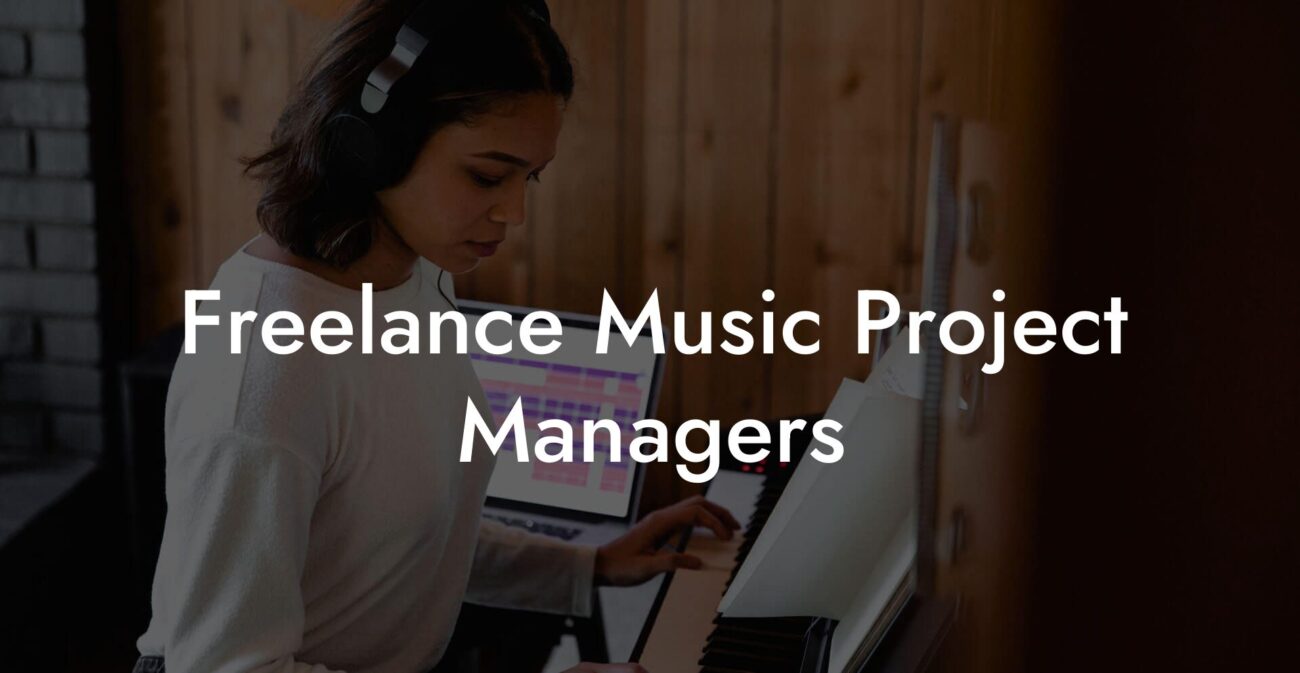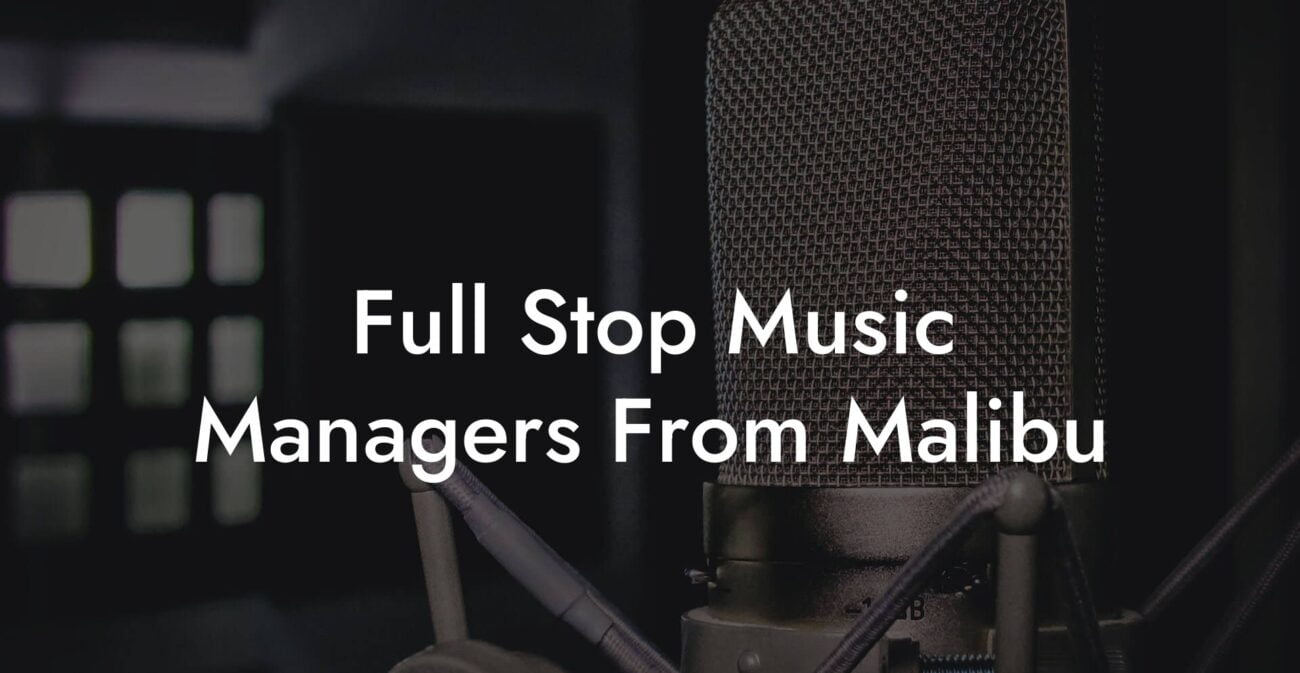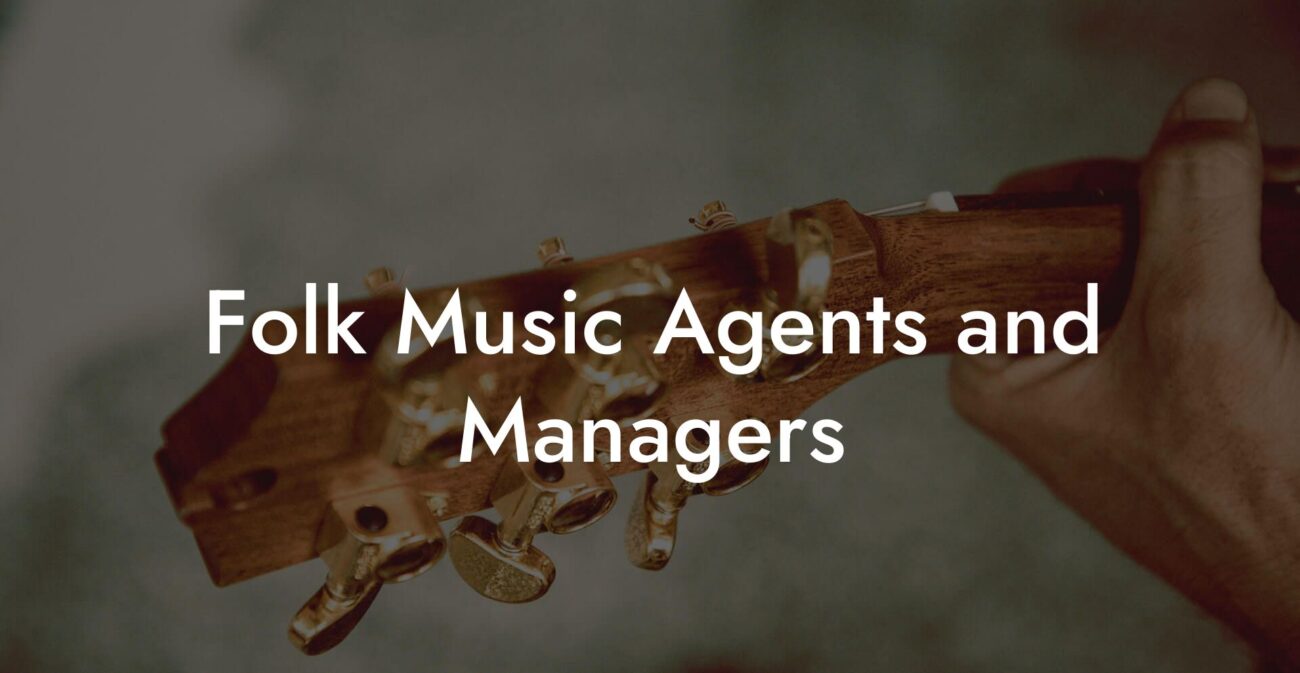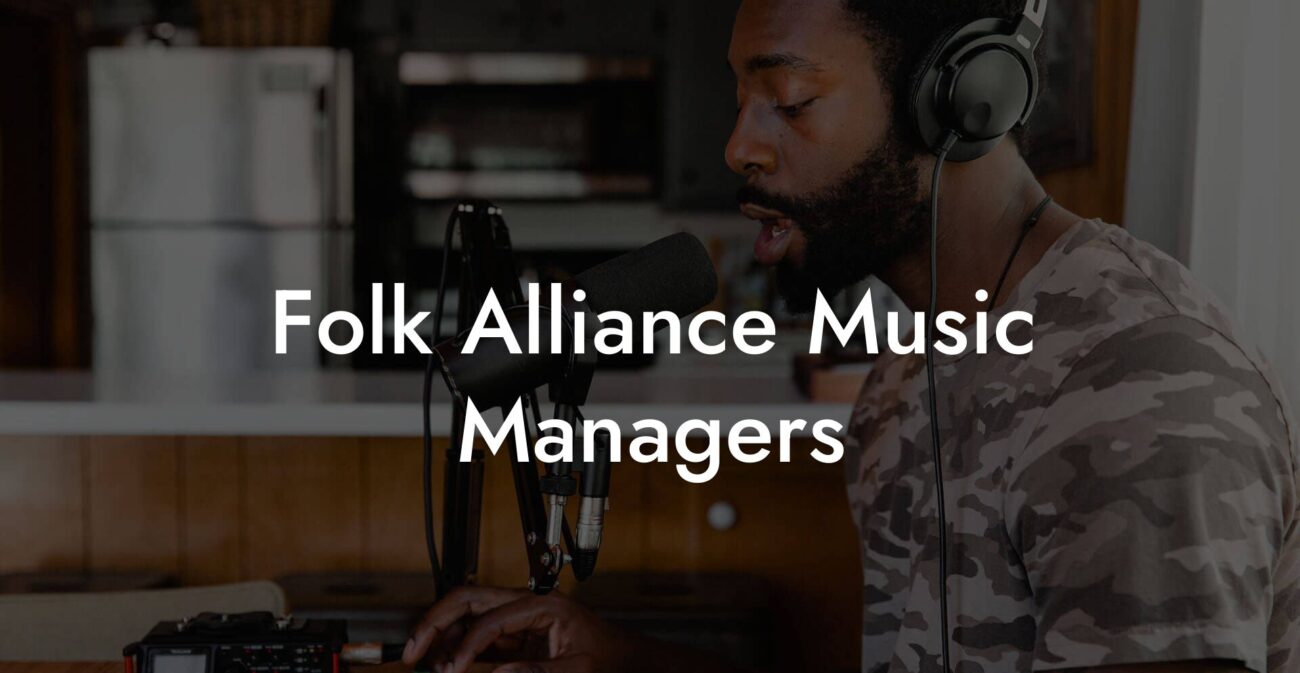Songwriting Advice
How To Compose A Tune For A Song
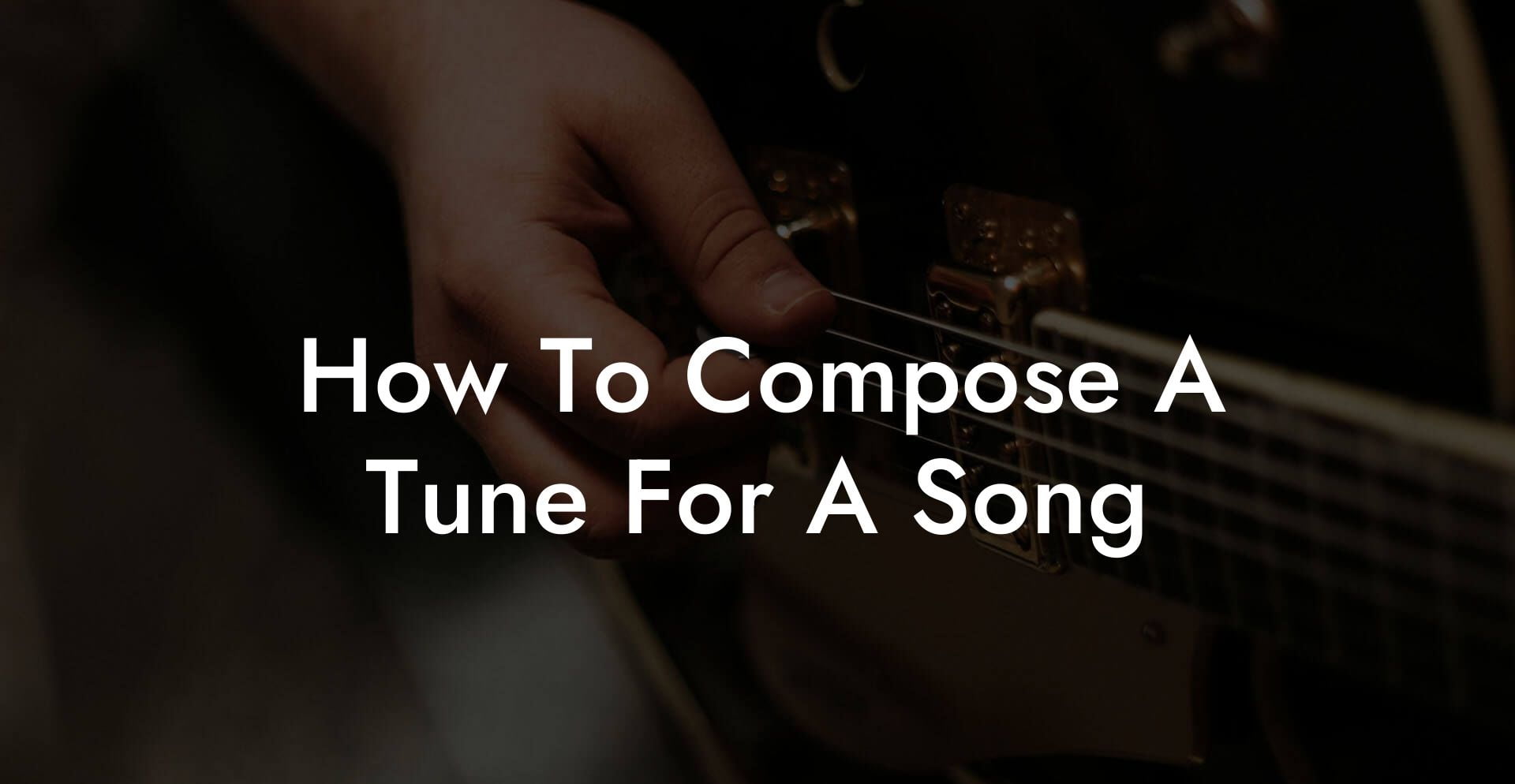
You want a melody that sits in people. You want lines that hum in the shower, that steal a Sunday morning, that make people send voice notes saying I woke up with this stuck in my head. Composing a tune is the part of songwriting that turns feelings into something humable and repeatable. This guide gives you brutal clarity, usable workflows, examples you can pinch, and drills that force ideas out of hiding.
Quick Interruption: Ever wondered how huge artists end up fighting for their own songs? The answer is in the fine print. Learn the lines that protect you. Own your masters. Keep royalties. Keep playing shows without moving back in with Mom. Find out more →
Quick Interruption: Ever wondered how huge artists end up fighting for their own songs? The answer is in the fine print. Learn the lines that protect you. Own your masters. Keep royalties. Keep playing shows without moving back in with Mom. Find out more →
Quick Links to Useful Sections
- What Is A Tune
- Key terms explained
- Why Melody Matters More Than You Think
- Start With The Emotion Not The Notes
- Three Reliable Ways To Start A Tune
- 1 Playful vowel humming
- 2 Motif first approach
- 3 Lyric to phrase mapping
- Melodic Shape And Contour
- Real life scenario
- How Harmony Supports The Tune
- Practical harmony tips
- Phrase Length And Pacing
- Melody Writing Exercises That Actually Work
- 10 minute vowel sprint
- Object action drill
- Call and response mapping
- Working With The Voice
- Practical live test
- Lyric And Melody Relationship
- Example
- Creating Hooks That Stick
- Production Tricks That Help The Tune
- Watch out for clutter
- Common Melody Mistakes And Quick Fixes
- How To Finish A Melody Fast
- Examples You Can Steal
- Seed A Bright Walk
- Seed B Late Night Resolve
- Seed C Small Angry Bird
- Collaboration Tips For Writing Melodies With Others
- When To Use Technology And When To Trust Your Ear
- Finish Faster With Micro Deadlines
- How To Tell If A Tune Works
- Common Questions People Ask About Melody Writing
- How long should a melody be
- Do I need to read music to write a tune
- How do I make a melody not sound like other songs
- Melody FAQ
Everything here is written for millennial and Gen Z artists who do not have time for nonsense or theory lectures that put you to sleep. Expect practical steps, creative prompts, definitions for terms and acronyms so you feel smart without needing a music degree, and real life scenarios where these tips actually save the day. Also expect a few jokes. You are welcome.
What Is A Tune
A tune is the sequence of pitches and rhythms that a listener remembers and sings back. People sometimes call it a topline. Topline is the lead vocal melody and it sits above the chords and groove. A tune is not just notes. It has shape, emotion, breathing points, and a little personality that can survive a bad production. Think of a tune as a short conversation with an audience where you say one big thing in many small ways.
Key terms explained
- Melody The ordered sequence of musical notes that form the main tune.
- Topline A common term for the vocal melody written on top of a track.
- Hook The most memorable part of the tune. Often the chorus line or a repeated phrase that listeners hum.
- Phrasing How a melody is grouped into short musical sentences. Think of punctuation for singing.
- Interval The distance between two pitches. A small interval feels conversational. A big interval grabs attention.
- Motif A short repeated musical idea that becomes an identity tag for the song.
- Cadence A musical pause or resolution that makes a phrase feel finished.
- Range The span from the lowest to the highest note a singer uses in the tune. Make sure your range fits your voice.
- BPM Stands for beats per minute. It tells you song tempo. If you see the acronym BPM you now know what it means.
- DAW Digital audio workstation. The software where you record and build tracks. Examples include Ableton Live, Logic Pro, and FL Studio.
Why Melody Matters More Than You Think
Lyrics tell the story. Production creates the mood. Melody makes the song memorable. A poor melody can kill a great lyric. A simple melody can lift mediocre lyrics if the rhythm and phrasing feel irresistible. Melody is what a listener can hum months later when they do not remember a single word. Invest time here. The payoff is repeat listens, playlist saves, and people naming your song without reading the tracklist.
Start With The Emotion Not The Notes
Before you play a chord or open a DAW, write one sentence that captures the feeling you want the melody to carry. Say it like a text to your best friend. Short and unfiltered. This becomes your compass.
Examples
- I want a tune that feels like walking into sunlight for the first time after a long winter.
- I want a tune that feels like the last cigarette on the roof before you leave town.
- I want a tune that says I am so close to losing it but I am smiling while I do.
Now hum that sentence without words on the piano or with a guitar. The rhythm in your speech will suggest melodic motives. Human speech rhythm and pitch hints are the secret sauce to natural prosody. Prosody refers to how words fit with rhythm and melody. If a line sounds like a normal sentence when sung it will feel honest.
Three Reliable Ways To Start A Tune
Different brains like different toys. Try all three methods and steal parts you like. No rule says you must finish the same way you start.
1 Playful vowel humming
Set a two bar loop of simple chords. Sing on vowels only. No words. Just ah, oh, oo, or ay. Record a minute. Circle the gestures that feel repeatable. Turn one gesture into your hook. This is fast and keeps you from overthinking words too early.
2 Motif first approach
Create a two note or three note motif. Repeat it in slightly different rhythms. Let that motif be a tag in verse and a bigger statement in chorus. Motifs are memory glue. They give the ear an anchor and a face to recognize when the production is loud.
3 Lyric to phrase mapping
Write two lines of lyric that state your core promise. Speak them and tap the rhythm. Sing the rhythm on a single note. Start varying pitch on the stressed syllables. This method ensures prosody. Prosody is the art of matching the song stress with natural word stress. If you do this you avoid awkward sung sentences that feel forced.
Melodic Shape And Contour
Melodies move. They rise and fall like a story arc. The contour gives the emotional architecture. A rising shape feels hopeful or questioning. A falling shape feels resolved or sad. Combine small rises and big leaps for moments you want to underline.
- Start with a small interval in verse. Keep the range tight. This makes the chorus lift feel earned.
- Use a leap into the chorus hook. Even a jump of a third to a fifth can signal an emotional change.
- Return to an anchor phrase. Repeating the first few notes of the chorus later creates comfort and memory.
Real life scenario
Imagine you are on stage with no monitor mix and the crowd is loud. A tiny, singable chorus that repeats the same shape will save you because the audience can latch onto it even if they miss words. That is the power of a clear shape.
How Harmony Supports The Tune
Chords are the emotional paint under the melody. They give notes context. Simple chords create space for melody movement. Complex chords can add color but can also steal attention. If you are not writing jazz, pick a simple palette and let the melody carry personality.
Practical harmony tips
- Use a four chord loop if you want safety and freedom. It is a reliable bed for memorable melodies.
- Change a single chord in the chorus to shift the emotional center. Borrowing one chord from a parallel key can feel huge with only a small change.
- Use inversions to move bass without changing the harmonic feel. An inversion is when you play a chord with a note other than the root in the bass. This creates motion under the vocal that feels smooth.
Phrase Length And Pacing
Think in musical sentences. Common phrase lengths are four bars for pop and eight bars for some ballads. But do not be literal. The tune should breathe where the lyric needs to breathe. Short phrases are punchy. Long phrases feel narrative. Mix both to create surprise.
If a vocal line feels squashed try breaking it into two phrases with a short pause. The pause helps the listener digest and it gives the singer a breath. If the line feels flat try adding a small rhythmic syncopation on an unexpected syllable. Syncopation means placing emphasis off the main beat. It makes lines feel alive.
Melody Writing Exercises That Actually Work
These drills force ideas and build intuition. They are short and ugly on purpose. Ugly ideas are raw material for good ideas later.
10 minute vowel sprint
- Pick a 2 chord loop. Set a timer for 10 minutes.
- Sing only vowels. Record the whole time.
- After 10 minutes mark the three most repeatable phrases.
- Turn one into a chorus line and add two words. Test the phrase against the chords.
Object action drill
- Pick one object in the room.
- Write four short lines where that object performs an action in each line.
- Sing the four lines on a single note then change pitch only on the action word.
- Use the action word as an anchor for a motif.
Call and response mapping
Write an 8 bar phrase where the first 4 bars ask a question musically. Make the second 4 bars answer with a resolved melody. This is excellent for verse and pre chorus relationships.
Working With The Voice
Not everyone can hit a wide range. Know your voice. Range means the distance between your lowest and highest usable notes. Always write in a range where your voice sounds good in all dynamic zones. If your chorus needs power test it live. Sing through every dynamic and listen for forced notes. Forced notes mean your audience will feel anxiety and not love. Pick a comfortable top note and write the chorus around it.
Practical live test
Record your melody on your phone while doing something else. Walk, climb stairs, or carry groceries. If the tune still feels easy to sing when you are out of breath you have written something performance proof. Most recording room melodies fall apart when you perform them. This test saves embarrassment.
Lyric And Melody Relationship
Language and melody share the same pulse. The stressed syllable of a phrase should land on a strong musical beat. If a strong word sits on a weak beat the line will feel off even if the words are great. This is prosody again. Always speak the line aloud at normal speed and clap the rhythm. Place the most important word on the strongest beat or on a slightly longer note.
Example
Lyric line I will leave the lights on at midnight
If you stress leave you might want the melody to hold leave on a longer note. If you stress midnight shift the melody so midnight lands on the downbeat. Try both and pick the take that matches the feeling you wrote the song for.
Creating Hooks That Stick
A hook can be a phrase or a melodic motif. It might be in the chorus. It might be a tiny riff in the intro that returns. The point of the hook is to be short and repeatable. Repetition is memory fuel. But repetition must come with small variation so the listener never feels bored.
- Repeat the hook three times in the chorus and change one word or interval on the last repeat.
- Place a hook tag after the chorus as a short chant. A chant can be one or two words or a melodic syllable like na na or oh oh.
- Use call and response between the main melody and backing vocals to extend the hook.
Production Tricks That Help The Tune
The best melody in the world can be buried by bad arrangement. Use production to shine a light on the tune. Production choices are creative, not just technical. They can make a small melody feel huge.
- Thin out instruments on key lyric lines to make space for the voice. Silence gives weight.
- Double the melody with a slightly detuned backup in the chorus for width. Doubling is a recording technique where the singer records the same line twice to create a thicker sound.
- Use an instrumental motif as a call and response partner for the vocal. A guitar fill or synth riff can answer the vocal phrase and lock it into the listener ear.
Watch out for clutter
Too many competing melodies fight for attention. If the listener cannot sing the vocal because the lead synth is louder then you lose. Production is service. Serve the vocal when the vocal carries the hook.
Common Melody Mistakes And Quick Fixes
- All notes on the same rhythm The tune becomes monotonous. Fix by adding syncopation or a held note on the main word.
- Range too wide The tune sounds unstable and is hard to perform. Fix by narrowing the top and rewriting the highest bars an octave lower if necessary.
- Weak hook The chorus line is too long and complicated. Fix by reducing to one short catchy phrase and repeating it.
- Prosody mismatch Important words land on weak beats. Fix by moving the melody or rewriting the lyric so stressed syllables match strong musical beats.
- No motif The song feels forgettable. Fix by introducing a two or three note motif that appears in verse pre chorus and chorus.
How To Finish A Melody Fast
Writers stall because they keep polishing. Here is a tight workflow to finish the topline and move to demo.
- Lock the core promise sentence. This is the emotional one liner your tune must say.
- Pick a structure like verse pre chorus chorus and write a simple four bar chorus melody that states the promise. Keep it small.
- Record a rough vocal over the chord loop. Use your phone. Do not obsess about pitch problems. The goal is pulse and performance feel.
- Listen back and mark the three strongest melodic bars. Expand them into verse material with motifs and rhythmic variants.
- Finish a short demo with a simple arrangement. Share with two trusted listeners. Ask what line they remember first and second. If they do not remember the chorus line you just rewrote you have homework.
Examples You Can Steal
These are intentionally simple melodic seeds. Sing them on vowels and then add the words below. Replace the words with your own details and you will get moving quickly.
Seed A Bright Walk
Melody idea: small step up repeated then leap to a long note
Lyric seed: The street smells like summer and my shoes do not care
Seed B Late Night Resolve
Melody idea: held low phrase then quick climb and short fall
Lyric seed: I take the phone and put it back and make the sidewalk my witness
Seed C Small Angry Bird
Melody idea: staccato motif repeated with a syncopated answer
Lyric seed: Tell me what you mean when you say move on like it is easy
Collaboration Tips For Writing Melodies With Others
When you co write the simplest rules save time. Decide who controls the hook. Usually one person owns the chorus melody while the other builds words and production suggestions. Use a voice memo in your phone because live sessions move fast and ideas disappear. Record everything. Even ugly stuff. You will find gold in the rough later.
If you are writing with a producer, ask for two different textures for the same melody. Ask them to play it with piano and with a synth lead. Different textures reveal different melodic strengths and weaknesses.
When To Use Technology And When To Trust Your Ear
Tools can help. MIDI lets you sketch arrangements and transpose melodies quickly. Melody helper tools in DAWs can auto correct pitch. Use them to check ideas. But do not let them rob the soul. Auto correction can make performances robotic. Use subtle tuning and keep human timing. Your ear knows when something feels alive and when it feels edited to death.
MIDI is a shorthand language that communicates musical note pitch and duration between devices. You can edit MIDI by moving notes. This is handy for testing variations fast. DAW stands for digital audio workstation. It is the environment where you record and assemble your song. These are tools not masters. Let them help not decide.
Finish Faster With Micro Deadlines
Set a tiny deadline like produce a demo within 48 hours of the first idea. A short deadline forces choices and reduces the urge to endlessly polish. Use the following checklist for a minimum viable melody demo.
- Core promise sentence on paper
- Two chord loop and a draft chorus melody recorded on phone
- Short verse motif that leads into the chorus
- One production trick that highlights the hook such as a drop to voice or a doubled chorus
- Feedback from at least one other human who sings the hook back
How To Tell If A Tune Works
Honest tests beat warm fuzzy feelings. Use these checks.
- Can someone hum the chorus after a single listen? If yes you have something.
- Does the main melodic idea return at least twice in the song? Repetition helps memory.
- Do the stressed words land on strong beats? If not fix prosody.
- Is the range comfortable for live performance? Test with movement and tired breath.
- Does the tune fit the emotional sentence you wrote at the start? If no then rewrite either the sentence or the melody.
Common Questions People Ask About Melody Writing
How long should a melody be
There is no fixed length. Melodies live in phrases. Most hooks are one to four short phrases repeated. The question is about memory not bars. If you can hum the core idea in 6 to 12 seconds you are in a sweet spot for streaming era attention spans. For longer forms like ballads you can stretch phrases and allow more narrative space.
Do I need to read music to write a tune
No. Reading notation helps communication with other musicians but it is not required to write great tunes. Many legendary writers created iconic melodies without knowing formal notation. Your ear is your primary tool. Learn to sing and record. Singing into a phone while you ride the subway is a valid composition method.
How do I make a melody not sound like other songs
Originality comes from personal detail in rhythm and lyric and from unexpected intervals or syncopation. Try to mix a common chord progression with a rhythmic pattern that feels like a specific gesture. Avoid copying a famous hook interval directly. If your melody is accidentally similar change one interval or alter the rhythm. Small changes can turn a clone into a cousin.
Melody FAQ

